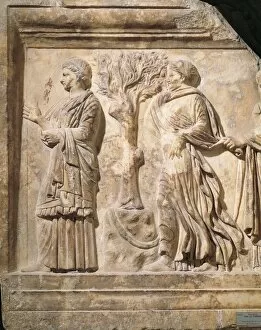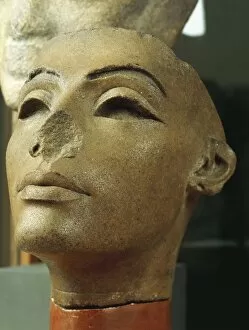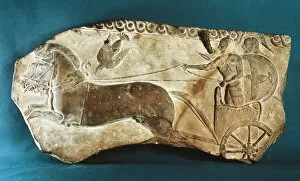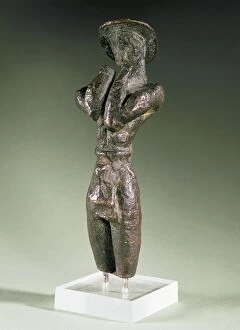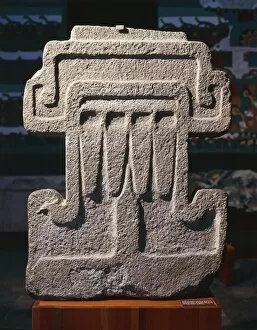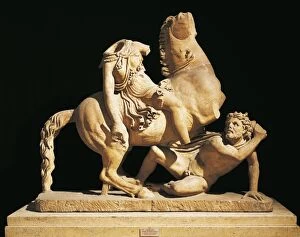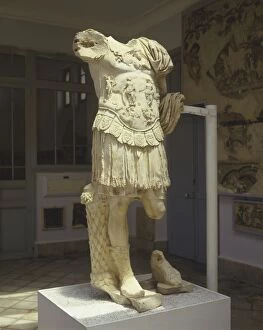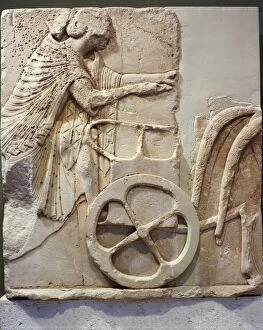Incomplete Collection (#9)
"Incomplete: A Tapestry of Time and Vision" Step into a world where time stands still, where the past and present intertwine in an incomplete symphony
For sale as Licensed Images
Choose your image, Select your licence and Download the media
"Incomplete: A Tapestry of Time and Vision" Step into a world where time stands still, where the past and present intertwine in an incomplete symphony. The magnificent La Sagrada Familia church, designed by the visionary Antoni Gaudi, illuminates the night sky with its ethereal glow. This UNESCO World Heritage Site is not just a basilica; it is a testament to human creativity that transcends generations. As we delve deeper into history, we uncover ancient maps that tell tales of exploration and discovery. A 17th-century world map reveals the vastness of our planet, while a 16th-century map showcases the intricate details of the British Isles. These fragments from centuries ago remind us of how much there is left to explore and understand. Inside La Sagrada Familia's sacred space, stained glass windows create kaleidoscopic patterns that dance with light. Gaudi's genius lies in his ability to merge architecture and art seamlessly – an unfinished masterpiece that continues to captivate hearts today. Traveling further through time, we encounter another 17th-century map depicting Europe's ever-changing borders. It serves as a reminder that history is never static; it evolves like the very landscapes it represents. Venturing beyond familiar shores, a 17th-century map unveils the mysteries of the New World – uncharted territories waiting to be discovered by intrepid explorers seeking fame and fortune. In Barcelona's vibrant streets, La Sagrada Familia Cathedral proudly stands as an emblematic symbol of Catalonia's rich heritage within Spain and Europe at large. Its towering spires reach for heights unknown – just like humanity itself – forever striving towards completion amidst perpetual change. Returning once more to Britain's shores on a 16th-century map, we witness its evolving identity throughout history - shaped by conquests, alliances, and cultural exchanges - yet always remaining enigmatic in its essence.



